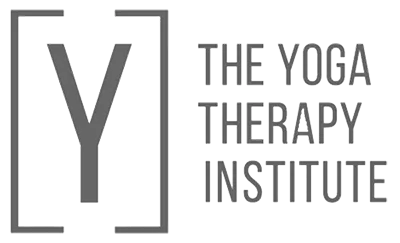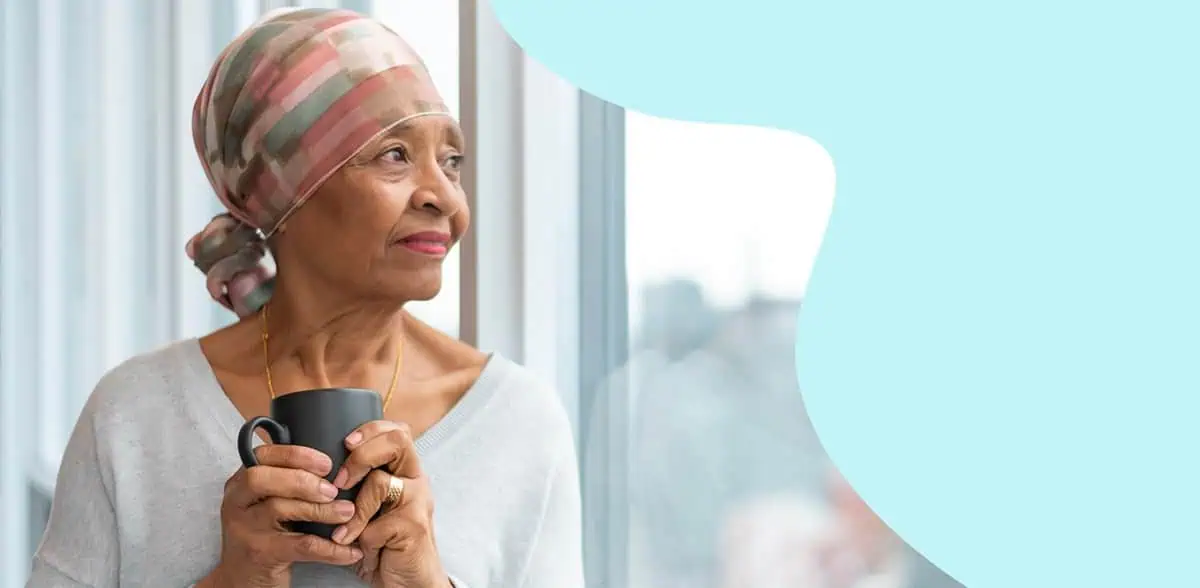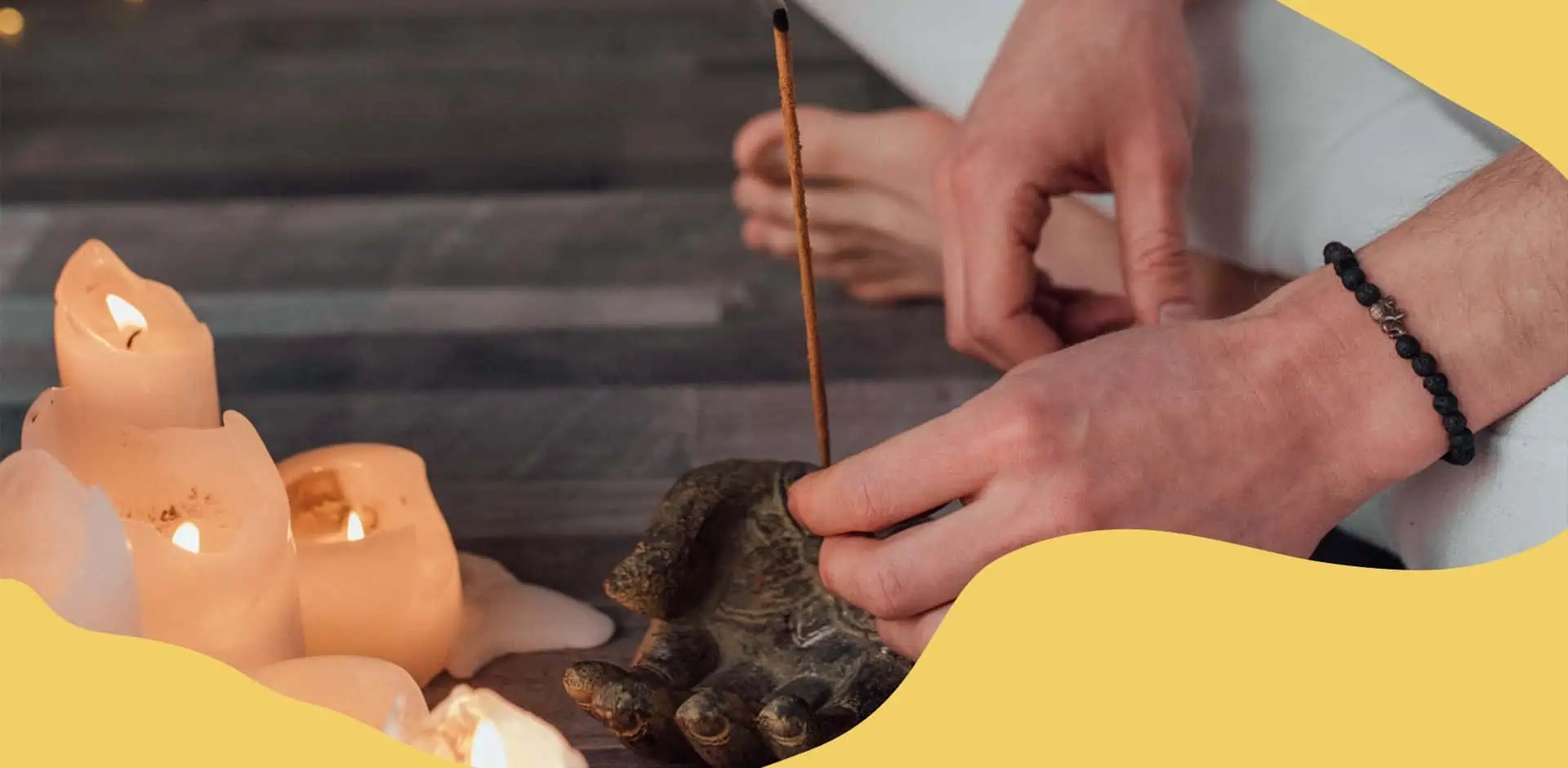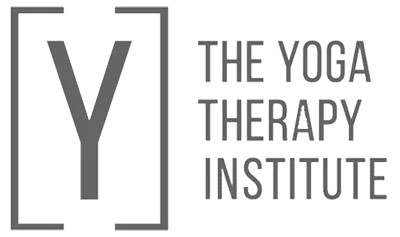On herniated disc assessment & Yoga Therapy
Monro, founder of the Yoga Biomedical Trust talks about the efficacy of Yoga Therapy for Lower Back Pain and his unique system for assessing herniated discs and other structural back issues.
Robin Monro began his career as a research biochemist, then shifted to philosophical aspects of science and eventually to yoga therapy. A life-long yoga practitioner, he is currently involved with yoga therapy research, clinical work and training yoga therapists. He created CALBA, an online system for Computer-Assisted Low Back Assessment, which can be used to detect herniated discs and distinguish them from other lower back conditions. Recently he has developed a monitoring system to aid the provision of yoga therapy for herniated discs.
In 1983, Monro, set up the Yoga Biomedical Trust, as a charity (www.yogatherapy.org), to carry out research and training on yoga therapy. He had become interested in yoga therapy through experiencing its effectiveness in curing his own health problem, asthma, and also the health problems of other people he knew. He felt that it could help modern healthcare to become more holistic.
Monro trained in yoga therapy at SVYASA (in Bengaluru, India) with H.R. Nagendra and R. Nagarathna with whom he co-authored the book “Yoga for Common Ailments”. At that time, Yoga Therapy was largely unknown in the West and the Yoga Biomedical Trust pioneered its development in the UK.

What was the inspiration for focusing on the spine and lower back conditions?
In 1994 Monro met a distinguished Indian spinal surgeon, Professor Dayanand Dongaonkar, who was on sabbatical leave in the UK from his position as Head of Orthopedics at Grant Medical College in Mumbai, India. Dongaonkar had developed a very effective yoga therapy program for his patients with low back pain (LBP), thereby saving many of them from having surgery. Monro organised several 6-day courses for Dongaonkar to train him and his students how to apply his revolutionary approach to treating LBP. Dongaonkar explained that there are many different types of LBP, with varying requirements for safe and effective treatment.
Herniated disc in particular needs a substantially different approach from most of the other types of LBP. He trained Monro and his students how to assess various types of back pain and treat them appropriately.
Monro has been using these methods with notable success ever since. The Yoga Biomedical Trust trains yoga teachers and Yoga Therapists in these methods. They have treated many different kinds of LBP but Monro’s main focus at present is on herniated disc as this is a major contributor to long-term disablement but tends to be neglected until it has become chronic. He thinks that early detection and yoga therapy could significantly reduce its progression to long-term disability.
Why is there such a lack of understanding and proper treatment for herniated discs, despite it being quite prevalent?
Many yoga teachers and yoga therapists do not know how to work with herniated discs. Even within the medical profession, when a patient first presents with low back pain (LBP) it is customary for the doctor not to assess their type of LBP but just to prescribe pain killing or anti-inflammatory drugs and to advise them that the pain will probably get better by itself and to continue their work and other activities as normal. Assessment for herniated disc takes at least 30 minutes, for which primary care doctors cannot spare the time. If after 6 weeks substantial pain persists, the doctor refers the patient to a physiotherapist, who may have the skills to do an assessment, but this is not definitive without an MRI scan, which is normally not given at this stage because of its high cost. If the physiotherapy treatment does not resolve the problem, then the patient goes to an orthopedic consultant and may have surgery. At each of these stages there is often several weeks’ delay, making a gap of several months between the initial occurrence of a herniated disc and definitive treatment.
What was the motivation for developing your CALBA assessment system?
“I wanted to reduce the time lapse between the occurrence of herniated disc and the recognition that it has occurred, so that suitable precautions and therapy could applied without months of delay.”
This assessment aims to distinguish herniated disc from other types low back pain. Because it is on the Internet it can be done by anyone, anywhere (https://www.yogatherapy.org/calba-assessment). The program collects and analyses information about the symptoms and other characteristics of the LBP to give an estimate of whether there is likely to be a herniated disk. An expert reviews the results to ensure there are no errors, prior to the results being communicated. If it is judged that a herniated disc is likely, we recommend that you start taking appropriate precautions without delay because there may be factors in your daily life which are perpetuating the condition. Moreover, the information from your CALBA assessment enables your yoga therapist to design a set of yoga practices which is safe and effective in treating your condition.
We have recently devised an online monitoring system which provides an ongoing record of the symptoms of your herniated disc. This enables you and your yoga therapist to be aware of improvements and possible setbacks in your back condition and to continually adapt your yoga sequence for optimal, safe therapy. This is very important because healing of herniated disc takes many months, during which the vulnerability to exacerbation gradually decreases but can at times increase. Even if a person has already had a medical diagnosis of herniated disc, a CALBA assessment can provide additional information about the condition, which can aid in the application of yoga therapy.
One of my cases was lined up to have surgery for herniated disc when she came to me for yoga therapy. Within a month the condition had improved to such an extent that the surgeon said she no longer needed to have surgery. She persisted with the yoga therapy for many months and over the course of a year was able to resume all her previous activities and was free of pain. There was no relapse over the following 2 years.
How does using this CALBA system support healing and treatment for herniated discs?
“The beauty of this system is that you don’t need to be a specialist to be able to do this assessment.”
It makes an assessment more accessible and intervention more well-timed to provide beneficial treatment earlier. CALBA can be a valuable adjunct to the medical profession, making assessments quicker and easier and therefore more likely to be undertaken. In more integrative medical practices, a CALBA assessment could be done by complimentary practitioners, which form part of a multi-disciplinary approach to patient care.
Why is early and appropriate intervention so important for herniated discs?
Early diagnosis and treatment are crucial for healing. A herniated disc can heal itself, naturally, but can take up to a year or even longer. During that time, activities that are detrimental, need to be adapted or discontinued. Once a herniated disc becomes established, it becomes a long term, chronic problem and may require surgery for repair. Surgery often gives rapid relief from pain but often leads to increased risk of relapse over the following years. Untreated herniated discs are a common precursor to long term disability.
Why do you recommend Yoga Therapy as a beneficial treatment for herniated discs and other back conditions?
“Yoga Therapy can often help, and even heal, a herniated disc and other lower back problems. Yoga Therapy is adaptable and can be used throughout the progress of the condition, even in its acute stage.” *See our Specialized Training on Yoga Therapy Assessment & Treatment for Lower Back Pain & Herniated Discs
Once healed, the practices can continue to be adapted to maintain general health and prevent back issues from recurring. The importance of maintaining a regular Yoga Therapy practice cannot be overstated!
- Yoga Therapy approaches health from a more holistic point of view and a herniated disc is a holistic problem. A herniated disc is complex and many factors are involved in healing.
- It empowers people by teaching them practices that can do themselves to manage pain, heal and prevent recurrence and a regular practice is a wonderful preventative measure.
- Yoga Therapy improves posture, which, in turn, helps to reduce pressure on the intervertebral discs, improves breathing and reduces muscle imbalances.
- Stress, lower back pain and herniated discs are intimately connected. Stress directly affects the pressure around the spine and circulation. Therapeutic yoga relaxation techniques reduce stress and tension.
- Yoga Therapy can address some of the psychological elements of pain, manage pain as well as reducing the muscle tension induced by chronic or acute pain. Muscle tension, specifically the psoas muscle, are often chronically tense with lower back issues.
- Yoga Therapists are trained to be aware of contraindications and how to adapt practices safely and effectively, to ensure clients do practices that are suitable for them at different stages of a condition. The spine is designed to move and activity is important but this needs to be done in an adequate way.
- Herniated discs can get worse without a person realising that they have a problem. The pain may only appear later, when it is triggered by a sudden or repetitive movement. Pain can also be episodic, causing someone to resume their normal activities in the belief that it has healed and in doing so, make it worse.
- Yoga Therapists can play a role in advising clients to take precautions and not to resume work and other normal activities too soon.
- Functional breathing is central to all yoga therapy practices, affecting the nervous system, brain and many other body systems. Directly, breathing affects the pressure and circulation around the spine; Indirectly, posture affects the pressure on the discs and muscle tension. Teaching clients how to establish healthy breathing patterns will support natural healing and reduce pain.
- Yoga Therapists who have been trained in this CALBA assessment system can be invaluable in ensuring early detection, referral and treatment for prevention and cure.

What is your hope and vision for the future?
I would like to see the CALBA system used all over the world, making help for herniated discs and other structural back issues more accessible and generating more interest to ensure funding for future research, to prove the efficacy of this method. I would also like to see the continued development of Yoga Therapy, which has tremendous scope both in a non-specialised way for general health and for more specialised work focusing on particular aspects of health.
Above all, Monro’s heartfelt wish is that his development of the CALBA system will be a valuable contribution to healthcare and that his legacy will be a society where lower back pain and herniated discs are prevented or identified and treated early, by skilled practitioners, to improve the prognosis and optimise the spinal health for as many people as possible.
Click HERE to register for The Yoga Therapy Institute’s online specialized Yoga Therapy Assessment & Treatment for Lower Back Pain & Herniated Discs, which includes the CALBA assessment system.









